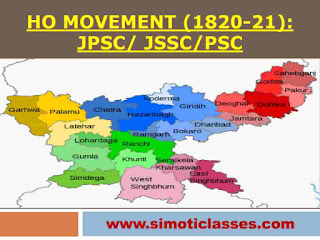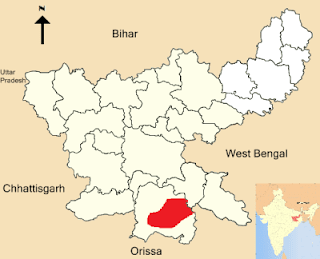Hari Baba Movement (1930)
In the 1930s, the Duku Ho of Singhbhum, who was popularly known as Haribaba, started a movement called the 'Haribaba Movement'.
The aim of the Haribaba movement was the purification of the crumbling and disintegrating social, economic, religious system. Through this, an attempt was made to organize the people of the 'Ho' tribes so that they could escape the tyranny of outsiders.
In this movement, apart from Hari Baba, Singrai Ho residents of Bhutagaon of Barkel Pir area, Bamia Ho of Bhadahatu area, and Hari, Dula, and Birjo Ho of Garia area played an important role. These people propagated Sarna Dharma.
The Haribaba movement also adopted Gandhiji's self-purification and sacrifice, because he hoped that through this movement he could drive away from the demons. This movement became political under the influence of Gandhiji. He believed that Gandhiji was capable of driving away from the British government.
On 15th May 1931, he also showed ferocity and uprooted the telegraph wires in Singhbhum. Seeing this, the government took action to suppress this movement. The Haribaba Movement disintegrated as a result of the repression.
Previous Page:Sardari Movement (1858-95): JPSC/JSSC/ PSC
Next Page:Stone and Vedic Period: Jharkhand History- JPSC/ JSSC/ PSC
































